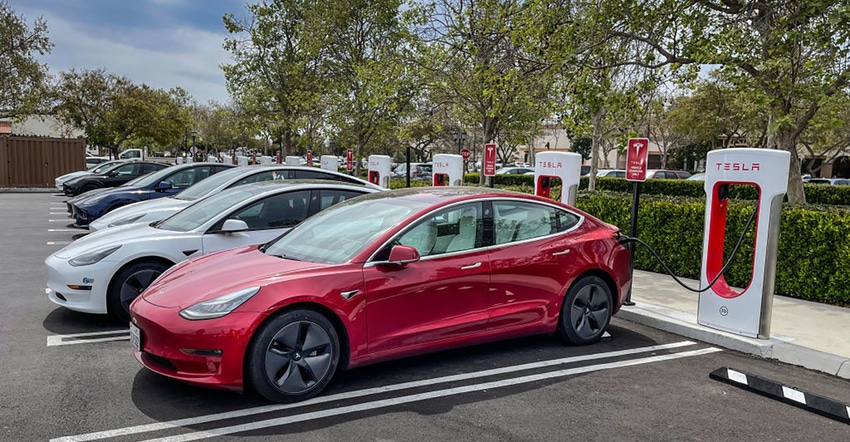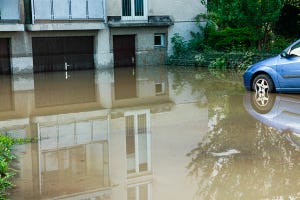Tesla is taking part in a White House effort to expand the US charging network while also contracting with Magnis Energy Technologies for active anode materials (AAM).

Tesla is working with two new collaborators: The company will work with Australia-based Magnis Energy Technologies for anode materials and, notably, with The White House on the US charging network.
Charging network for non-Tesla EVs
A recent survey of EV users by “Plug in America” reported frustration with chargers that are too slow, too crowded, or that just don’t work. According to the survey results, EV owners voice frustration with public charging, especially when talking about issues with broken chargers and the few public charging options.
To improve and accelerate the growth of the public American EV charging network from coast-to-coast, the White House has announced its latest set of actions that includes not only expanding but transforming the actual charging network into an accessible, reliable, convenient, user-friendly charging network for America.
The plan announced by the White House includes a deal with Tesla. For the first time, Tesla will open a portion of its “US supercharger” and ”destination charger network” to non-Tesla EVs, making at least 7,500 chargers available for all EVs by the end of 2024.The open chargers will be distributed across the US. They will include at least 3,500 new and existing 250-kW superchargers along highway corridors to expand freedom of travel for all EVs, and Level 2 Destination Charging at locations like hotels and restaurants in urban and rural locations.
All EV drivers will be able to access these stations using the Tesla app or website. Additionally, Tesla will more than double its full nationwide network of superchargers, manufactured in Buffalo, New York. President Biden acknowledged the deal on Twitter and in response, Elon Musk, Tesla’s Chief Executive tweeted as well:
Securing supply of Active Anode Material (AAM)
To reach the goal of building 20M electric vehicles in 2030, Tesla needs to secure enough raw materials to build a such as high volume of battery packs. Tesla has been visiting different battery material suppliers and striking deals with some of them. Just recently, Tesla has entered a Binding Offtake Agreement (BOA) with Magnis Energy Technologies, an Australian company that will supply the company with graphite based anode active material (AAM) beginning in February 2025. Under the agreement Tesla will purchase a minimum of 17,500 tons per annum (tpa) starting from February 2025 with a maximum of 35,000 tpa for a minimum 3-year term at a fixed price.
“We are really excited to bring our high performing AAM to market that requires no chemical or thermal purification throughout the whole process, which differentiates this sustainable material in the market and provides great value to all parties,” Magnis Chairman Frank Poullas stated.
The development of Pilot Plant facilities for both Nachu (Tanzania) Graphite concentrate and AAM has commenced with equipment orders initiated and new hires recently appointed. Technical aspects of producing AAM using Nachu graphite concentrate have been developed over a 7-year period at facilities based in New York.
The agreement is conditional on Magnis securing a final location for its commercial AAM facility by June 30, 2023, producing AAM from a pilot plant by March 31, 2024, commencing production from the commercial AAM facility by February 1, 2025, and customer qualification. The company is in the process of selecting a United States location for the AAM facility.
About the Author(s)
You May Also Like





